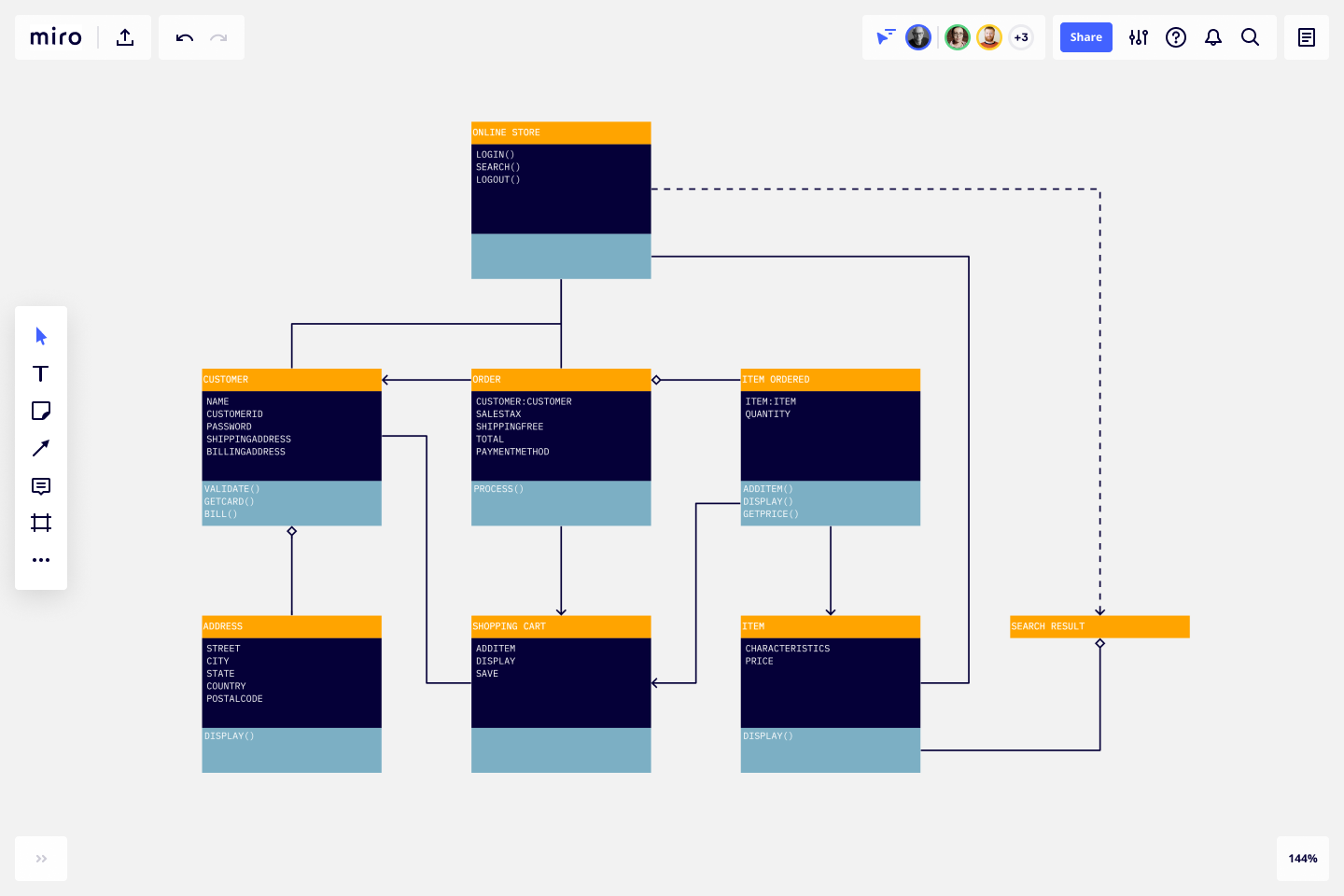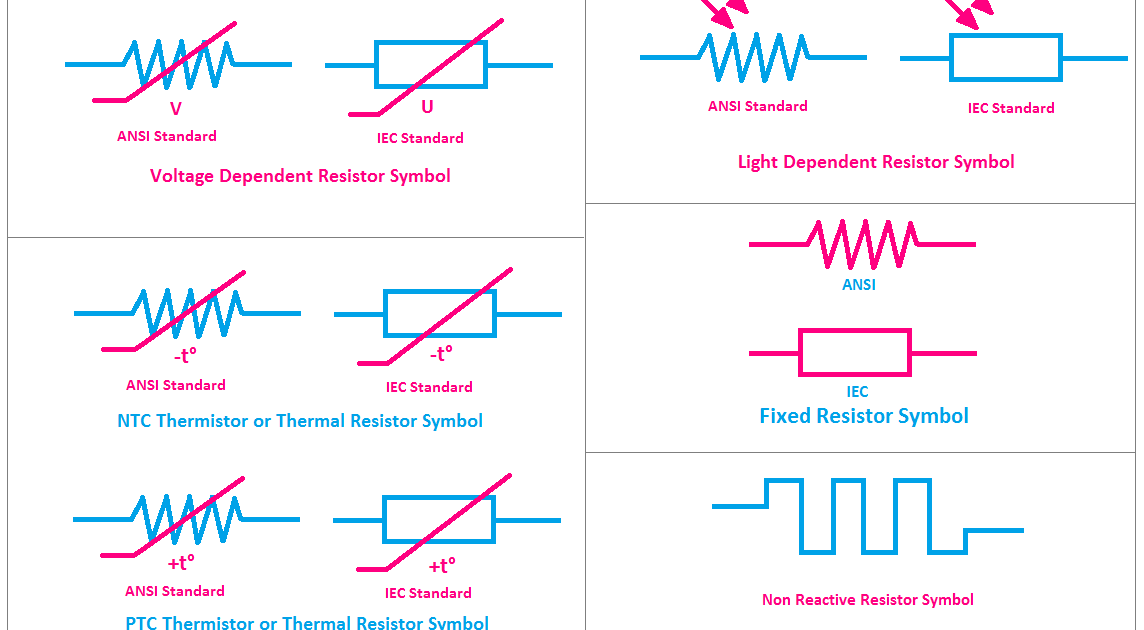

With resources like digital whiteboards, you can build your Mind map like you would any daytime doodle-adding shapes, connectors, media, and even bringing the entire team into the mix. Like a web or even a stream of consciousness, mind maps connect ideas (nodes) together to visually convey how one project phase leads to the next.Įasily create, edit, and share diagrams using features like ClickUp Mind MapsĪnd that’s not even the best part! Mind maps can be as structured or free-form as you please. They are highly visual, and the best ones are also flexible, customizable, and collaborative. These diagrams typically start with one main idea or with an end goal in mind to branch out, and your diagram naturally takes shape from there. Mind maps are an excellent tool for planning workflows, visualizing task dependencies, brainstorming new processes-and feeling creative while doing it!
#TYPES OF DIAGRAMS SOFTWARE#
If you’ve ever used project management software like ClickUp, you’ve probably heard of this popular workflow diagram. So without further ado, here are our 10 favorite diagrams with examples. This may sound like a tall ask, but for all of my fellow visual learners out there, it’ll make a lot more sense when you see examples IRL-which we have for you! This is why it’s key to determine your information’s purpose before committing to a specific diagram type.

Like quantitative data, there is a right and a wrong way to express qualitative data depending on what you try to do with it. This may include steps in a workflow, members of an organization, images, concepts, timelines, and much more. Qualitative data is any information that cannot be expressed with a numerical value or counted. 💨īefore we go any further here, let’s set something straight. 🥰Ĭonsider this article your new go-to guide for the top 10 diagrams you need to know for any type of workflow, including when to use them, examples, real-life testimonials, and must-have tricks for making them fast. That’s why you’re going to love this blog. Whereas qualitative data (information not defined by a single number) is better represented by diagrams like Mind Maps or Gantt Charts.īoth are key to the success of any healthy business, but sometimes, coming up with the right diagrams to best convey qualitative information is tough. Numerical information is represented by things like columns, line graphs, bar charts, or-my personal favorite-pie charts. That’s where graphs and diagrams come in handy. Whether your information is qualitative or quantitative, we need to look at these items as separate entities to understand them properly. While fighting tooth and nail through middle school, this was the mantra to live by, and even now, this sentiment still rings true when it comes to many things in life.īut that’s the point! We now know quality and quantity are necessary and constant elements of life. We’ve all heard the phrase quality over quantity, right?


 0 kommentar(er)
0 kommentar(er)
